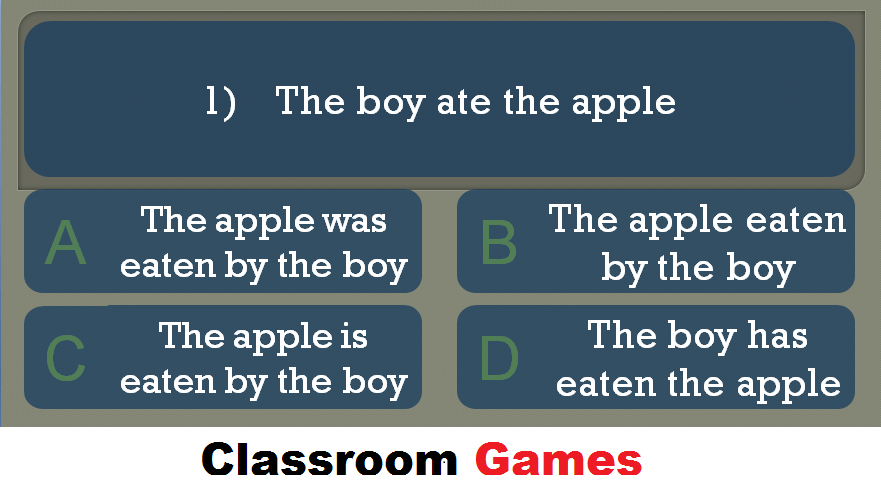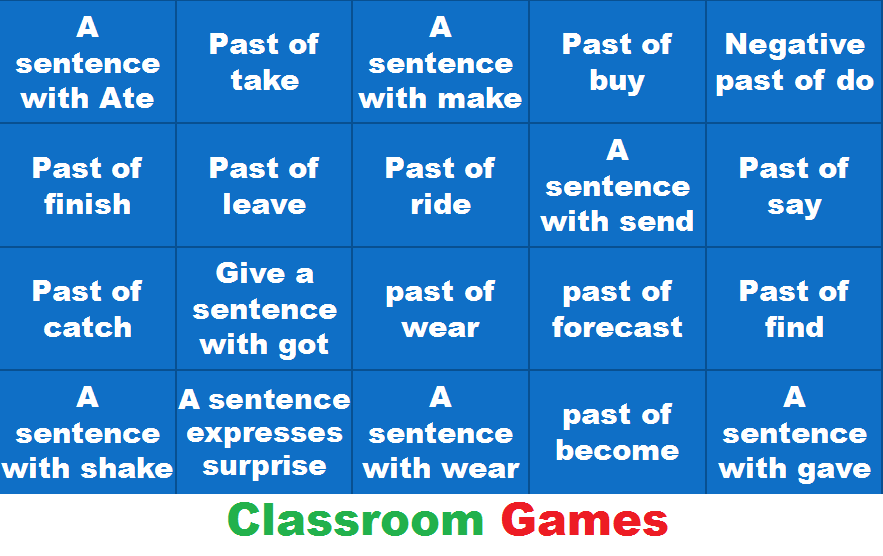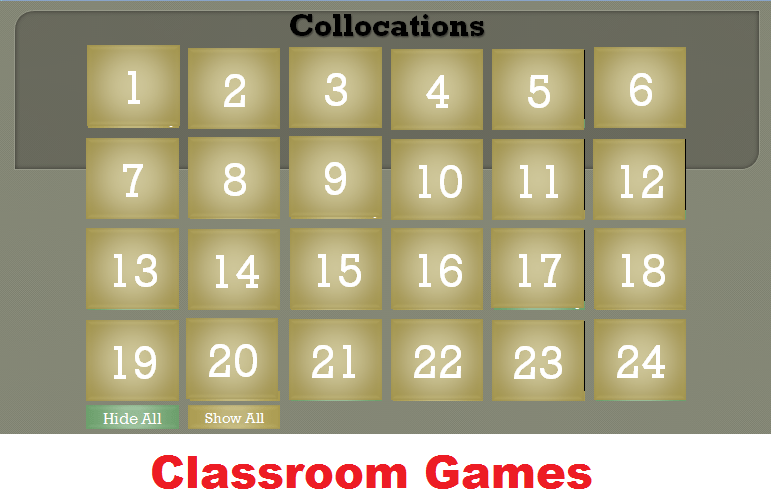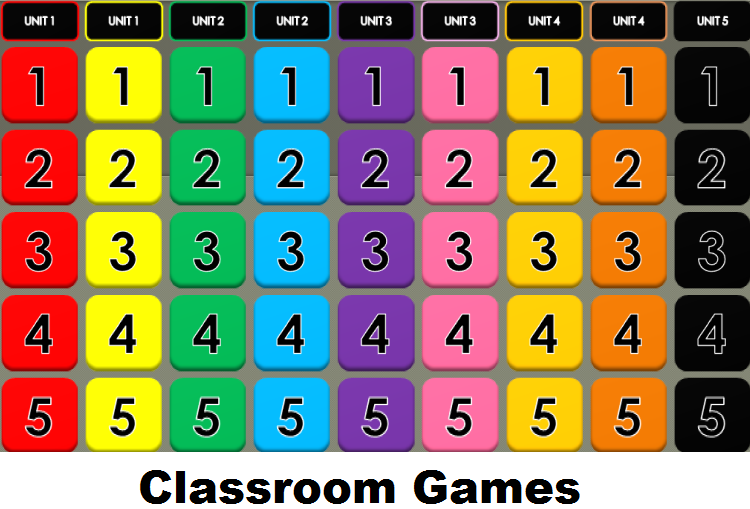Research on the use of games in the classroom
Now more than ever, there is a plethora of research that support the statement that says: “students learn when the affective filter is low”. This means that students learn better when teaching is more exciting and comforting. Much of academic and action research contradicts with rote teaching styles and textbook work and activities.
Incorporating fun classroom icebreakers, activities, and games into lessons is an effective way to motivate students and encourage them to develop creativity, concentration, attention, and imagination skills (Mei & Yu-jing, 2000).
These are six fun, easy and engaging games that you can use in JUST one-minute to break the ice or warm up your class.
Game one: Bomb
- Get a softball and a timer
- Pick a set of vocabulary you want to revise, students pass the ball. When they get the ball they must say a word. This word can’t be repeated.
- Students continue until the time is up. The bomb
Game two: chain
- Get your class to form a circle. You will need a soft toy or a softball.
- Students pass the ball and count a particular sequence, the one they want to revise.
- Only the student who has the ball can speak.
Game three: concentration
- Show your class a large set of words you want to revise.
- Tell students that they have to remember as many words as they can.
- After the two minutes have passed, remove all the words or the flashcards and get students to write as many words as they remember.
- As a group, get them to list all the words on the board.
Game four: password.
- Divide the class into groups and place a chair in front of the board facing the class.
- Write a word on the board.
- One person from each team sits on the chair and the team tries to describe the word. If the student recognizes the word, the team gets a point.
Game five: secret spies
- Write words or sentences on pieces of paper.
- Cut the words up into letters.
- Get to the students and get them to decipher the words.
- Get the students to make their own.
Game six: Yes, sit down/ No, stand up
- Tell students that answering YES means stand up and NO means sit down.
- Ask students simple corrections to check that they understand.
- After students understand, get ready to ask questions.
Catch us on Facebook. Check the link above.
References:
- Gozcu, E. & Caganaga, C., K. (2016). The importance of using games in EFL classrooms. Cypriot Journal of Educational Science. 11(3), 126-135.
- Constantinescu, R. S. (2012). Learning by playing: Using computer games in teaching English grammar to highschool students. Education Source. 110-115.
- Mei, Y.Y., & Yu-jing, J. (2000). Using games in an EFL class for children. Daejin Univeristy ELT Research Paper.








The implementation of songs in the EFL atmosphere is so stimulating,that drive learners from routines to amusing in some respects.
Frankly, most of EFL teachers do not resort to that drill due to many reasons. They are occupied by the content of the designed syllabus or the composition of the EFL classrooms. They can not manage clustered learners.
Though some of the Humanistic Approach methods in the 1970’s approved music and songs effectiveness in teaching. They were rejected . Because of their shortcomings.
In Algeria’s schools, more than 95% EFL teachers do not Implement songs as drills in the learning process,which asks billions of questions and this phenomenon needs to be academically conducted in a research.
Mr. Slimane Lakhdari